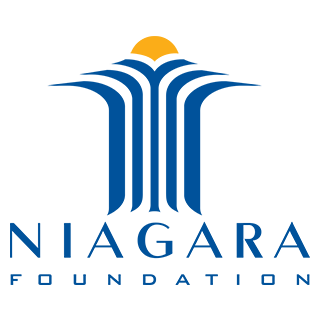The views and opinions expressed on the website are those of the authors and do not necessarily reflect the views or opinions of Niagara Foundation, its staff, other authors, members, partners, or sponsors.
By Alexandra Turcios
Center for Public & Global Affairs Intern
August 3, 2015
In a milestone deal reached on July 14, the 20-month nuclear negotiations between the P5+1 (US, UK, France, Russia, China plus Germany) and Iran came to a close. What resulted was the Joint Comprehensive Plan of Action (JCPOA) which aims to stifle Iran’s nuclear capabilities by reducing the number of centrifuges, confiscating fissile materials and extending the break-out period for a nuclear weapon from 2-3 months to one year. In exchange for adhering to specific guidelines, sanctions that have hampered Iran’s economy for the last decade will be lifted.
While these provisions will likely curtail Iran’s nuclear ambitions, it will not entirely eliminate a proliferation concern. The missing link in making a comprehensive nuclear deal is degrading Iran’s missile development. Iran houses the largest and most diverse missile system in the region composed of short-range missiles, long-range missiles, cruise missiles and a 2,000 km Shahab-3. Having acquired missiles from North Korea, Iran is the only country to develop a 2,000 km missile without having nuclear weapons capability. Partnerships with foreign sources like NK will allow Iran, over time, to develop an intercontinental ballistic missile (ICBM) with a range over 5,500 km.
That being said, missile limitations are instrumental in arms control. Nuclear weapons delivery systems were largely omitted from the final draft of the deal, due to opposition spearheaded by Iran. The lack of banned missiles keeps Iran on the threshold of becoming a nuclear weapons state, leaving the other Gulf States weary of the future. Recently, Saudi Arabia requested an additional 600 Patriot missile interceptors, a precipitous $5 billion ordeal. Because the nuclear framework will allow the conventional arms embargo to be lifted in as little as 5 years, Gulf States are beginning to invest in more sophisticated interceptors. Countries are beginning to invest in Terminal High Altitude Area Defense (THAAD) interceptors which have a further reach than Patriot missiles and will lead to higher coordination within the region. In a Sunni-dominated landscape, the volatility between ethnic groups and the use of weapons is likely to increase, making investing in interceptor technology pertinent. This is an area of concern for Iran, which has a Shia majority. Some report that the Iranian Deal is the cause of heightened anxiety and initiating a nuclear arms race in the Middle East.
Aside from regional volatility and increased skepticism from both the U.S. and in the Middle East, the nuclear deal is anticipated to pass through Congress. While the reduction of fissile material from nuclear facilities is an effective strategy, it should have been implementing in tandem with disabling an effective delivery system. But as Secretary of State, John Kerry said, there is no possibility of a better deal.
Even with a confluence of opposition from Republicans in the U.S. Congress, it is notable to say that the deal–while somewhat appeasing Iran– is beneficial for U.S. international relations. Although the deal will not prevent a nuclear Iran indefinitely, it has made strides towards a safer world with increased intelligence-sharing in the Middle East.

